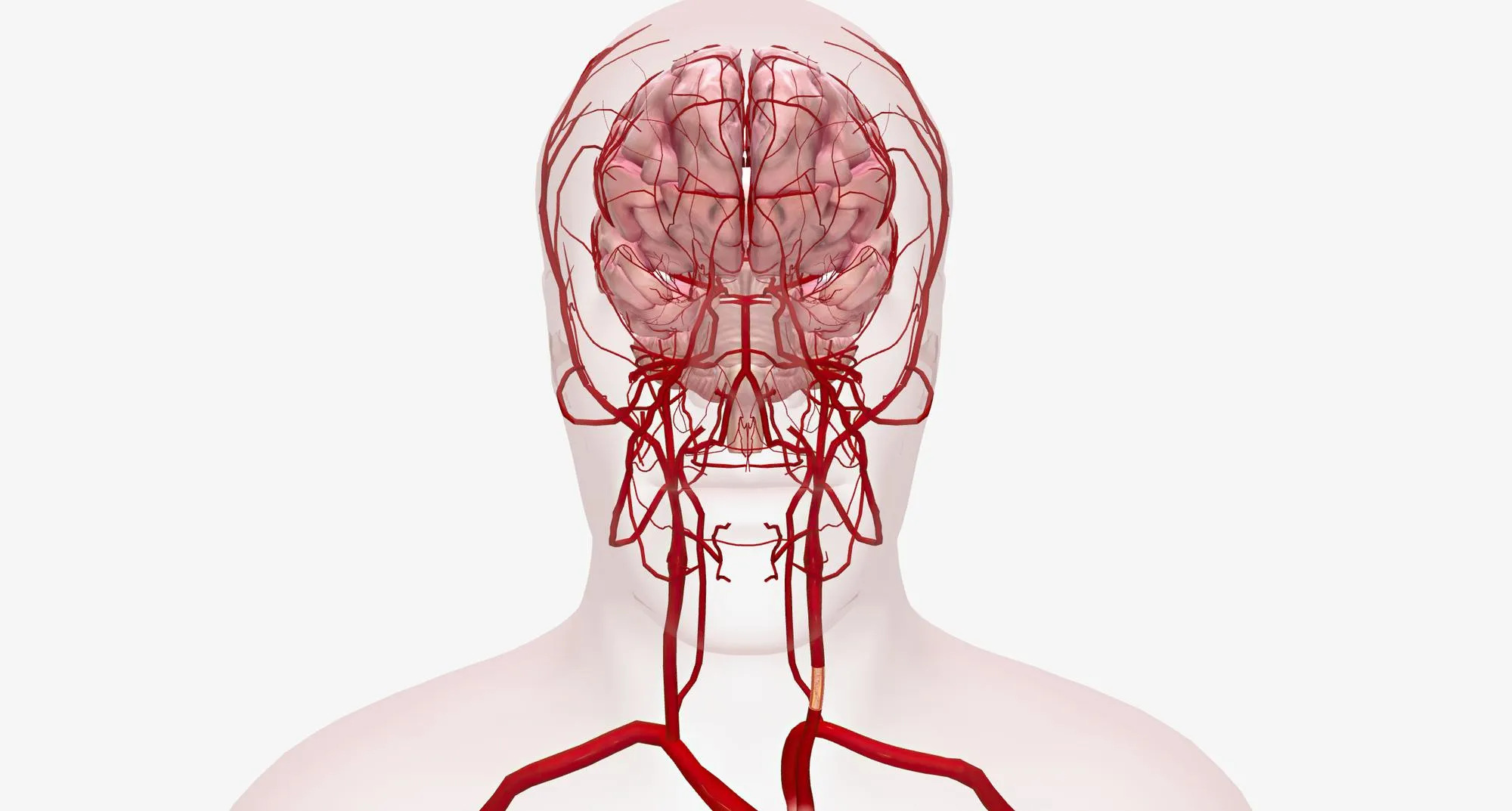In a groundbreaking study published by the Proceedings of the National Academy of Sciences of the United States of America (PNAS), researchers have disclosed their findings on the alterations in brain ventricular volume consequent to long-duration spaceflight. These findings provide critical insights into the effects of extended exposure to a microgravity environment on human physiology, especially with respect to the cerebrospinal fluid (CSF) dynamics in the brain. This article delves into the study’s innovative approach, significant results, and potential implications for future human space exploration.
The study “Brain ventricular volume changes induced by long-duration spaceflight” was published in the PNAS in May 2019, offering robust evidence of the impact of space travel on the human central nervous system.
The Study’s Genesis
The space environment is an entirely different frontier when compared to Earth’s settings, exposing astronauts to unique conditions such as microgravity. Historically, the resilience of human physiology to these extraordinary conditions has been an area of intense research. Emerging evidence suggests that prolonged exposure to space conditions may give rise to several health concerns, with some changes possibly outlasting the duration of the spaceflight.
With the advent of advanced imaging technologies, precise measurements of structural brain changes have become achievable. The team led by Angelique Van Ombergen at the University of Antwerp, along with a consortium of international experts, embarked on a prospective study evaluating the cerebral impacts of space travel. The study employed magnetic resonance imaging (MRI) to ascertain changes in CSF volumes in various brain ventricular regions.
Methodological Approach
In this seminal research, preflight and postflight brain scans of adult cosmonauts were meticulously analyzed. A focus was placed on the regions of interest that represent the brain’s ventricular system – a network of cavities filled with CSF that cushions the brain and serves various other functions.
By conducting case-control studies, the researchers aimed to compare the cosmonauts with control subjects who had not been exposed to microgravity, thereby targeting the specificity of spaceflight-related changes. Advanced MRI techniques, alongside sophisticated computational models, facilitated the isolation of these changes from typical physiological variations.
Key Findings
The authors noted that long-duration space missions could induce considerable expansion in brain ventricular volume. Specifically, notable increases were observed in the lateral, third, and fourth ventricles. These observations imply a shift in CSF distribution and potential alterations in CSF dynamics due to the lack of gravity’s effect on fluid redistribution within the central nervous system.
Such changes raise concerns over possible adverse outcomes, such as spaceflight-associated neuro-ocular syndrome (SANS), which has been characterized by symptoms including optic disc edema, globe flattening, and vision alterations. The research acknowledges the capacity of microgravity to significantly influence intracranial physiology, with potential ramifications for ocular health, cognitive function, and operational effectiveness of astronauts.
Wider Implications
The study conducted by Van Ombergen et al. opens new doors to understanding the neuroanatomical challenges associated with extended space travel. Addressing these challenges is instrumental in charting the path for future missions, particularly as agencies like NASA set their sights on longer expeditions to distant locations like Mars.
The broader implications of this research are twofold. Firstly, it underscores the necessity for developing countermeasures to guard against detrimental neuro-physiological changes. Secondly, it emphasizes the value of continued health monitoring of astronauts, both during and following their missions.
Notably, the research underlines the dynamic plasticity of the human brain in response to unique environmental stressors. It highlights the pivotal role of ongoing scientific inquiry into mitigating risk factors that arise in extraterrestrial environments.
References
1. Van Ombergen, A., Jillings, S., Jeurissen, B. et al. (2019). Brain ventricular volume changes induced by long-duration spaceflight. Proceedings of the National Academy of Sciences, 116(21), 10531-10536. https://doi.org/10.1073/pnas.1820354116
2. Roberts, D. R., et al. (2017). Effects of spaceflight on astronaut brain structure as indicated on MRI. N Engl J Med, 377, 1746-1753.
3. Lee, A. G., Mader, T. H., Gibson, C. R., Brunstetter, T. J., Tarver, W. J. (2018). Space flight-associated neuro-ocular syndrome (SANS). Eye (Lond), 32, 1164-1167.
4. Mader, T. H., et al. (2011). Optic disc edema, globe flattening, choroidal folds, and hyperopic shifts observed in astronauts after long-duration space flight. Ophthalmology, 118, 2058-2069.
5. Shinojima, A., Kakeya, I., Tada, S. (2018). Association of space flight with Problems of the brain and eyes. JAMA Ophthalmol, 136, 1075-1076.
Keywords
1. Spaceflight neuroanatomy
2. Brain ventricular volume
3. CSF dynamics microgravity
4. Long-duration space travel
5. Astronaut brain MRI
The findings presented in this study are a testament to the complexities of human adaptation to space environments. As we herald a new era of interstellar exploration, these insights are imperative for the safe and effective conduct of astronauts as envoys of humankind beyond Earth’s orbit.
